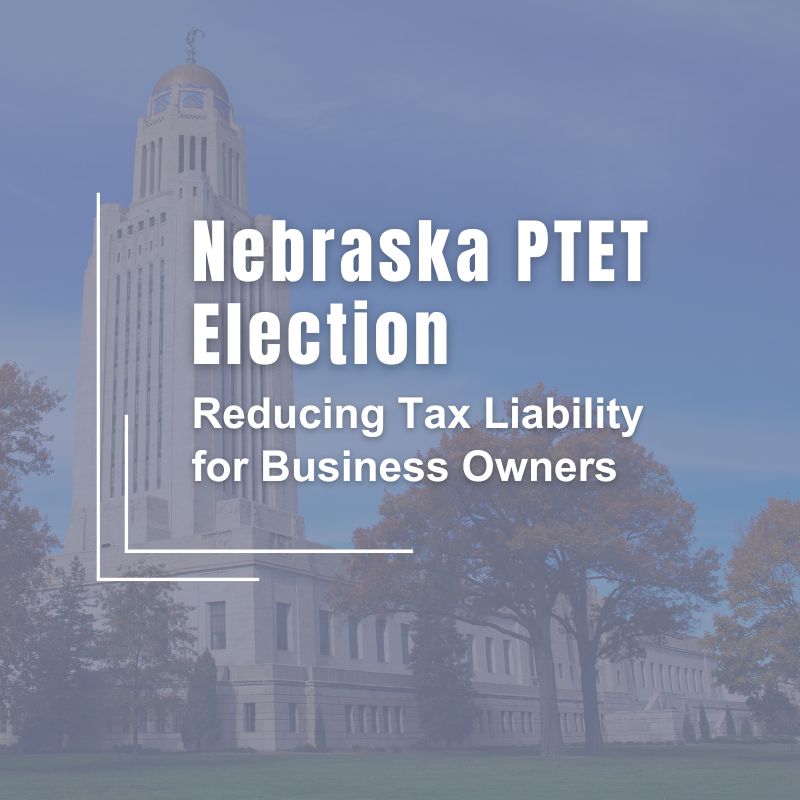- Reduced number of tax brackets from seven to three. The new brackets would tax marginal income at 12%, 25%, and 35%. The lowest tax bracket would be increased from 10%, but the highest tax bracket would be decreased from 39.6%. As of now, income thresholds for each bracket are unclear.
- Increase in standard deduction. The standard deduction for married taxpayers filing jointly would increase from $12,600 to $24,000. For single taxpayers it would increase from $6,300 to $12,000.
- Elimination of most itemized deductions and personal exemptions. Most itemized deductions, including state and local taxes, would be eliminated under the new framework. The only surviving itemized deductions would be charitable contributions and mortgage interest paid to lenders. This would result in many more taxpayers taking the standard deduction rather than itemizing. Personal exemptions are also eliminated under the proposed framework.
- Repealing of the Alternative Minimum Tax. This will affect taxpayers that may be subject to the AMT. This would no longer exist under the proposed framework.
- Increased child tax credits. The framework is vague in this area, but promises “significant” increases to the child tax credit. This makes sense due to the elimination of personal exemptions for dependent children.
- Elimination of estate tax. The estate tax and generation-skipping transfer taxes would be eliminated under the proposed framework.
Businesses:
- Reduced tax rate for pass-through entities. The new maximum tax rate for sole proprietorships, partnerships, and S Corporations would be 25% under the new framework. There would also be a provision that eliminates the possibility of shifting personal income to business income in order to avoid the highest individual tax bracket.
- Reduced corporate tax rate. The proposed framework would reduce the corporate tax rate from 35% to 20%. The framework also proposes the idea of reducing the effects of double taxation on corporate earnings.
- Full expensing of depreciable assets for 5 years. Except for structures built after September 27, 2017, immediate expensing of all investment in depreciable assets will be permitted for at least five years. This could be an effort from the Administration to increase investment in an attempt to bolster the economy in the short run.
The framework gave little indication as to when new standards would be put into place. However, President Trump remains adamant in his attempts to have the reforms be retroactive to January 1, 2017. If the President’s wishes are satisfied, 2017 tax returns may look much different than they did a year ago.
If you have any questions as to how the proposed tax framework may impact your specific tax situation, do not hesitate to call us or set up a meeting here at HBE. Our tax professionals are more than happy to answer any questions you may have.



